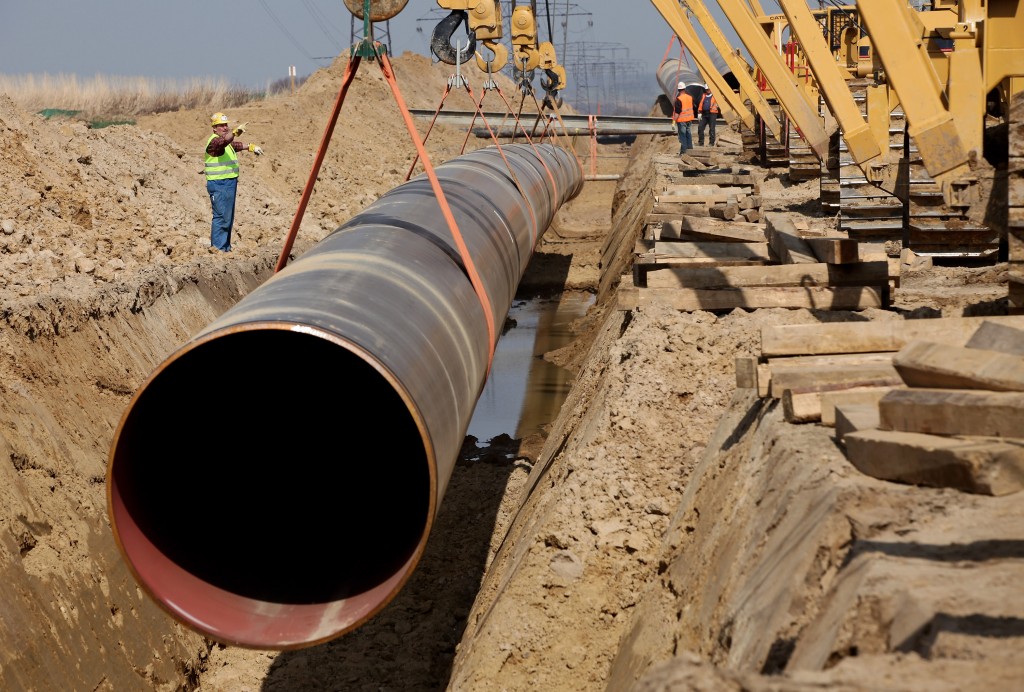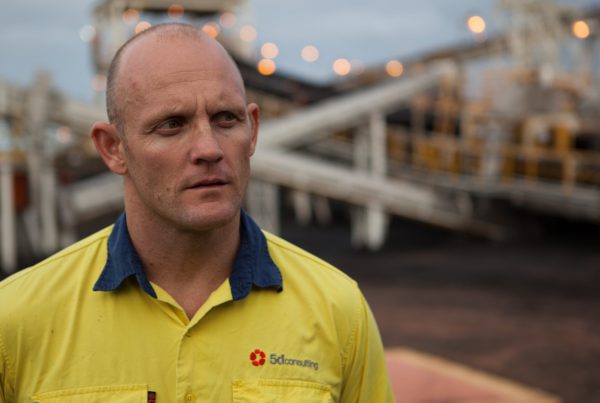Organisations can spend millions on trying to win work, and many maintain a 1:10 win ratio. Ensuring the tenders that are prioritised have the best chance to succeed is an essential objective for any business. Michael Weibler has extensive experience leading very large tenders. Here I speak to Michael to tap into his wisdom to ensure your tender starts well or get back on track.
Daniel Weule: Michael, are there any elements of tendering that are consistently key across a wide range of tender types and industries?
Michael Weibler: Tendering is such a diverse activity with a range of variables such as the Client, market and industry sector, delivery method, contract model, etc. As a result a “one size fits all” approach is not appropriate. However there are a number of key elements that are generally relevant for the preparation of all winning tenders. These can include:
- Establishing the tender preparation team (comprising the right mix of technical, commercial, legal, business support and pricing expertise) early and getting them aligned;
- Understanding the Client’s requirements;
- Understanding the business’s strengths and weaknesses that are pertinent to the tender;
- Planning the development of the tender so that a winning response is prepared on time;
- Developing the “right” price to win the tender; and
- Ensuring senior management support for the tender preparation and submission.
Achieving all of these may not guarantee winning a tender, but if they are not achieved then a business is guaranteed of not being in the running.
DW: Could you expand on why some of these areas are key in securing a tender win?
MW: I know it appears obvious, but it is critical for a business to understand and meet the Client’s requirements for a tender, whether they are implicitly stated or implied by the tender documents. Too often it is assumed that the tender documents are incorrect or not reflective of the client’s real requirements based on the business’s experience with the Client. It may be necessary to clarify the Client’s position but always ensure that your tender submission meets the Client’s stated requirements and expectations and is a complying submission. Rarely are non-complying submissions selected as a winning tender.
Offering an alternative solution in the tender submission may be a way of meeting the expected Client requirements that are not in accordance with the tender documents. It is always best to assume that the Client has rigorously developed the tender documentation with a specific outcome in mind.
Where possible, a planning and alignment workshop should be conducted with the tender preparation team and senior management who are responsible for approving the final tender submission. It should be conducted by an external (to the bid team) facilitator with the aim of confirming the tender preparation program, allocation of responsibilities, the outcomes to be achieved and ensuring that all are aligned with the tender preparation process and the outcomes to be achieved.
DW: What would you say are key elements of the tender submission preparation process?
MW: There are many processes that are involved in of developing a winning tender but there are two critical ones. Initially, the business’s management team (including the tender team) must determine the outcomes to be achieved that will ensure that a winning tender submission is developed. Some examples of these outcomes include lowest or best price, an innovative delivery method, delivering an improved industrial relations environment, providing a high quality project delivery team that is available during the tender phase or an improved commercial position for the client.
Each winning tender submission outcome must then be analysed to determine exactly how it will be achieved during the tender preparation process. For example, what will the actual process be and where will the required data be sourced from for the tender team to develop the lowest or best price? It should not be assumed that existing processes or data sources are sufficient. This is particularly so for large and complex tenders or where the tender is for a new market or industry sector.
This analysis ideally will be completed in draft form prior to the release of tender documents and then confirmed once the actual request for tender is released.
The other key process is the review of the tender submission, including pricing, to ensure that it meets the Client’s requirements and the aims of the business; that it is a winning tender submission. The review process must be developed early in the tender preparation period and must be suitably rigorous. Where possible, an independent review of the submission (not by a member of the tender team) should be conducted which will often highlight inconsistencies and areas that are not addressed sufficiently well enough. This review could be conducted progressively but must be done in sufficient time that changes can be made to the submission if required.
DW: What are some of the major problems or difficulties in preparing a winning tender submission?
MW: There are obviously a wide range of issues that can cause problems in developing a winning tender submission including insufficient or inappropriate tender resources, insufficient time, lack of senior management support, to name a few.
One issue that often gets a lot of effort during tender preparation with little positive effect is the detailed competitor analysis that develops into “second guessing” who the competitors are and more importantly what will their tender response be. Now I am not saying that business do not need to understand their market, the players within that market and their key competitors, they do; but spending an inordinate amount of time in the generally reduced timeframe of a tender preparation period trying to “second guess” the other bidders’ offers, at best consumes time and resources that always seem to be in short supply for tender preparation and at worst can be counterproductive.
Businesses cannot influence how competitors will prepare their tender submission and invariably accurate information about competitors with respect to specific tenders is very difficult to obtain. If a tender response is focussed too heavily on beating the opposition and not meeting the client’s requirements, then the likelihood of developing a winning submission is greatly reduced.
This then leads into another key problem in that business’s often do not clearly understand the client’s requirements for a range of reasons. This may not be the business’s fault as the client may deliberately not be forthcoming about their requirements, but nevertheless as detailed an understanding as is possible is required. This understanding must also be inclusive of all stakeholders within the business so that the winning tender submission can be developed based on a uniform clear understanding of the client’s requirements.
If you need to recover a tendering process, are on the verge of starting a bid or simply trying to lift the performance of your company’s business development system, get in touch with us at 5D Consulting to explore how Michael and the team could help.





